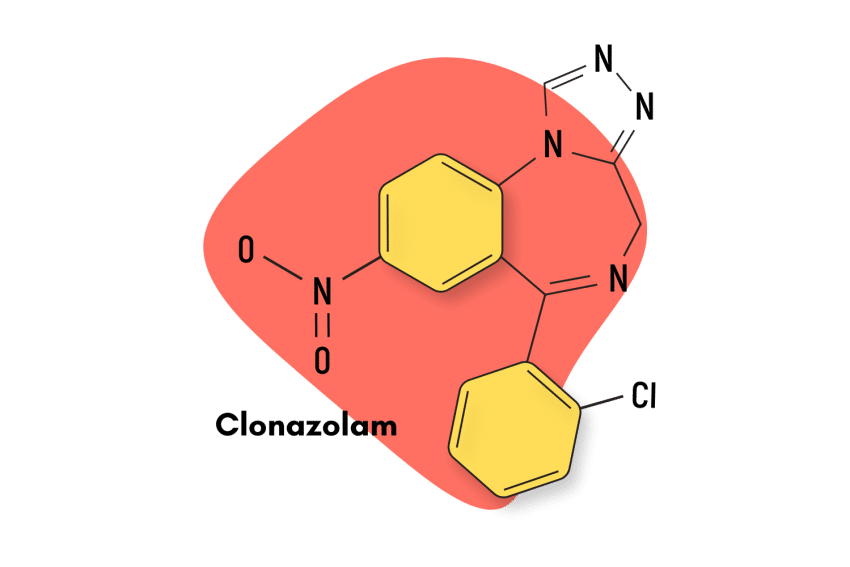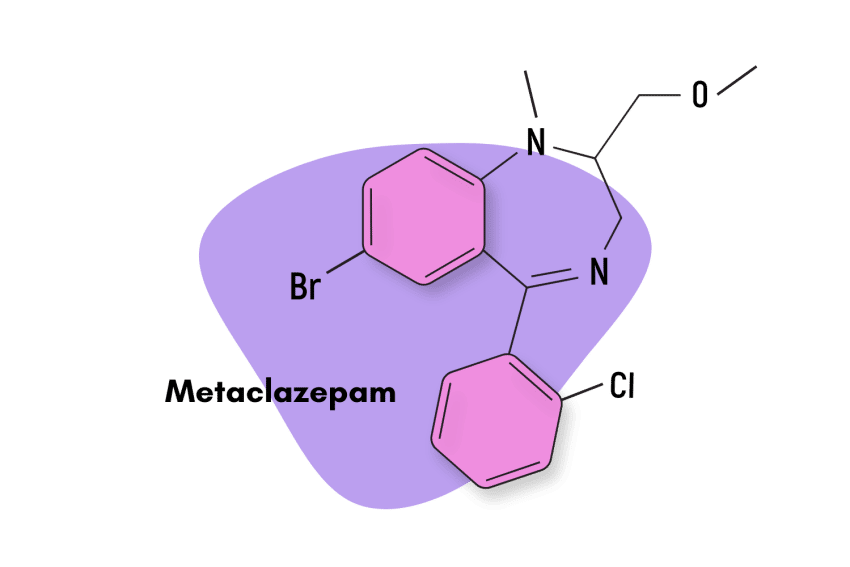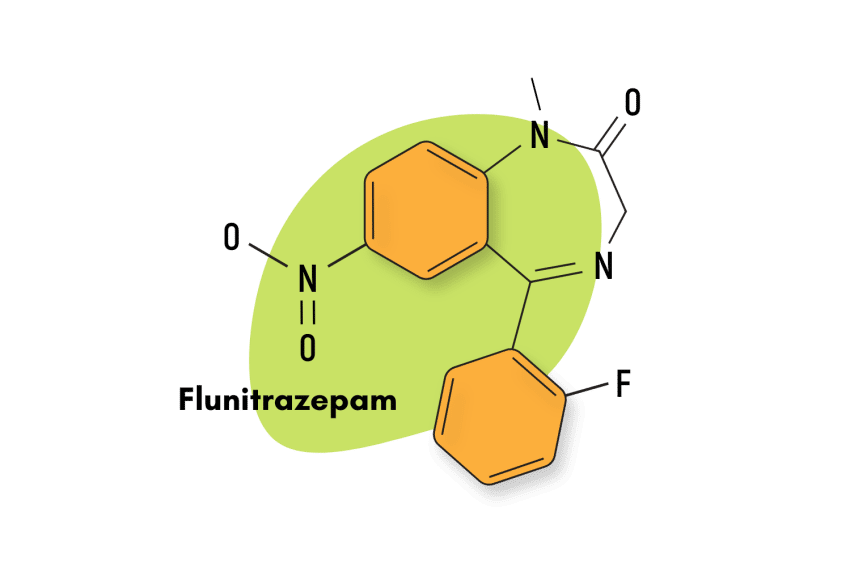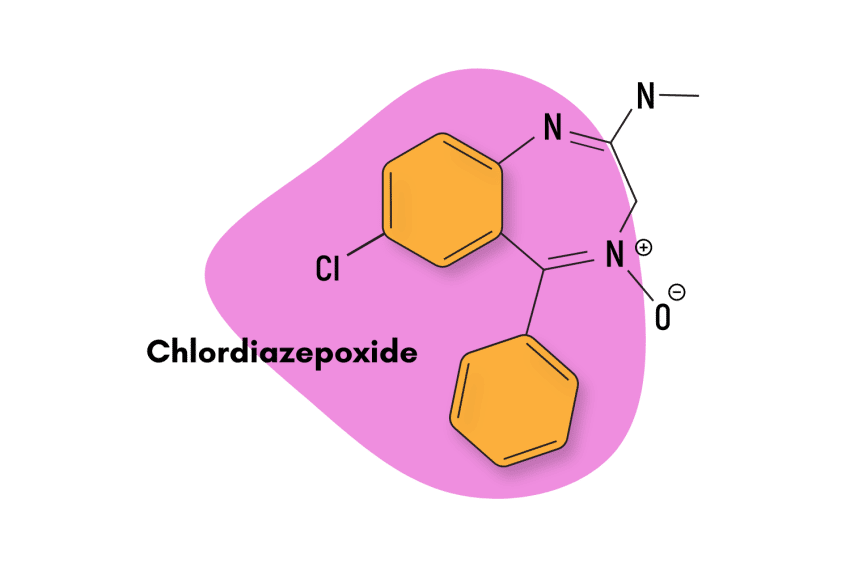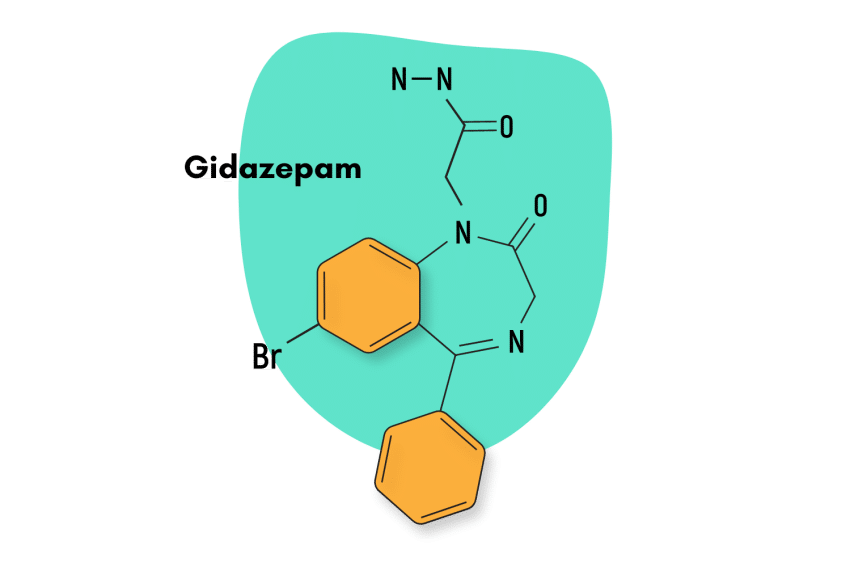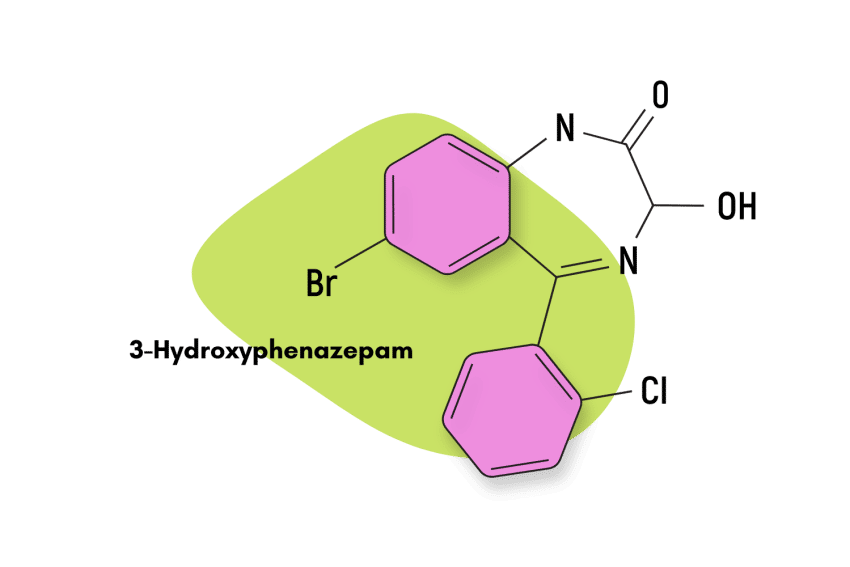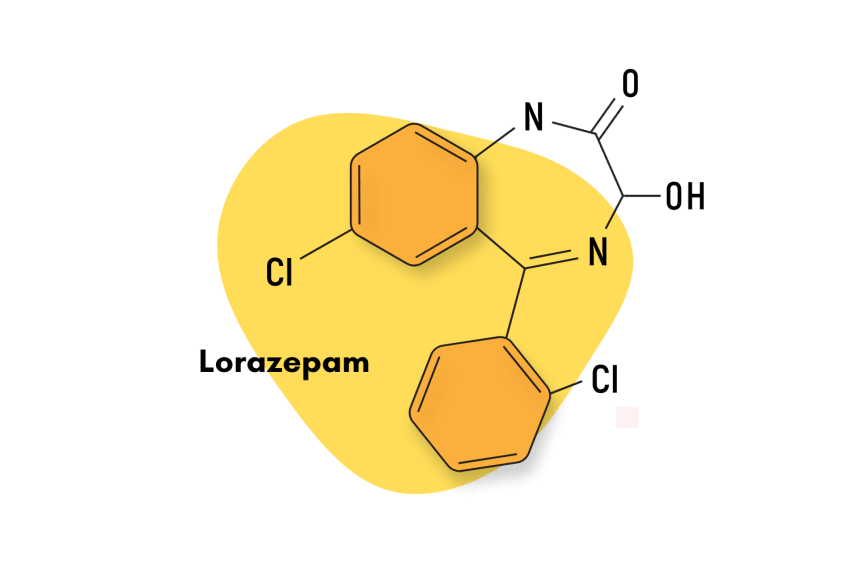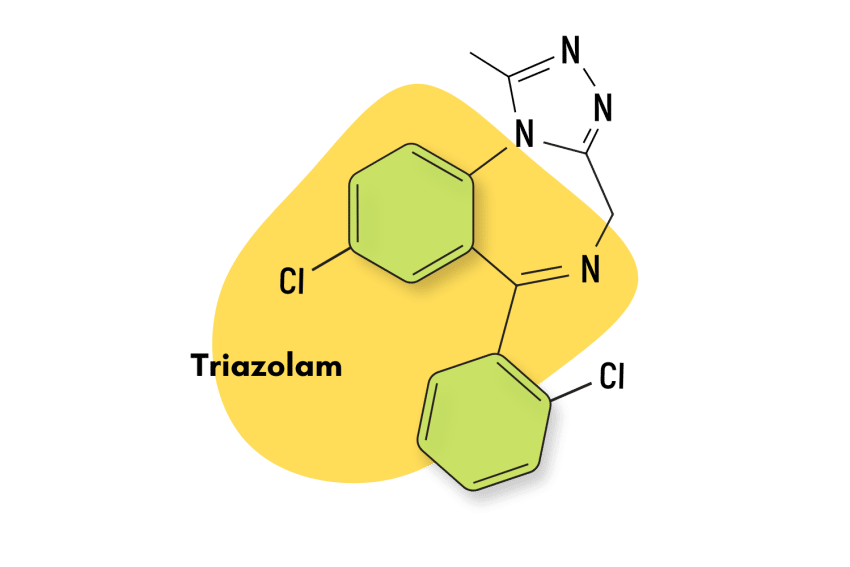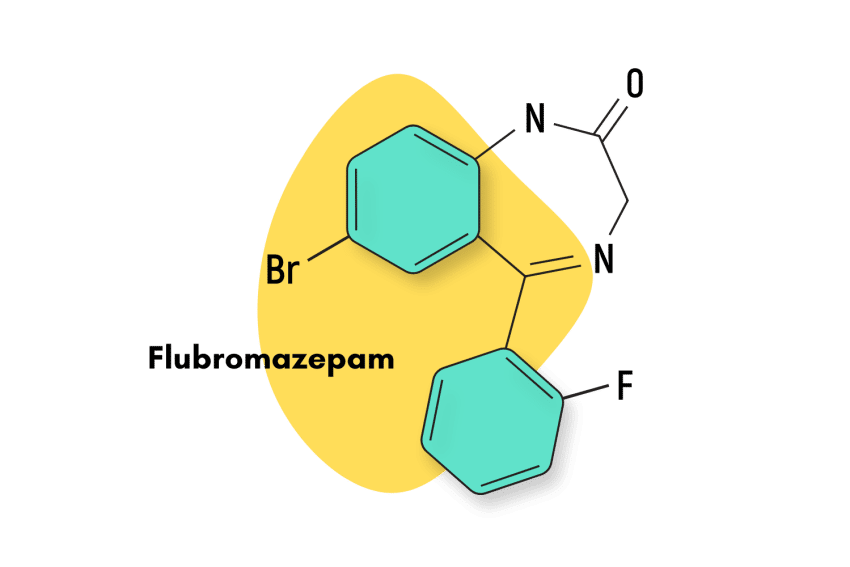Arfendazam User Guide (A Harm-Reduction Approach)
Arfendazam is a classical benzodiazepine often used as an alternative to more popular drugs like clobazam (Onfi) — but there are some important nuances to be aware of.
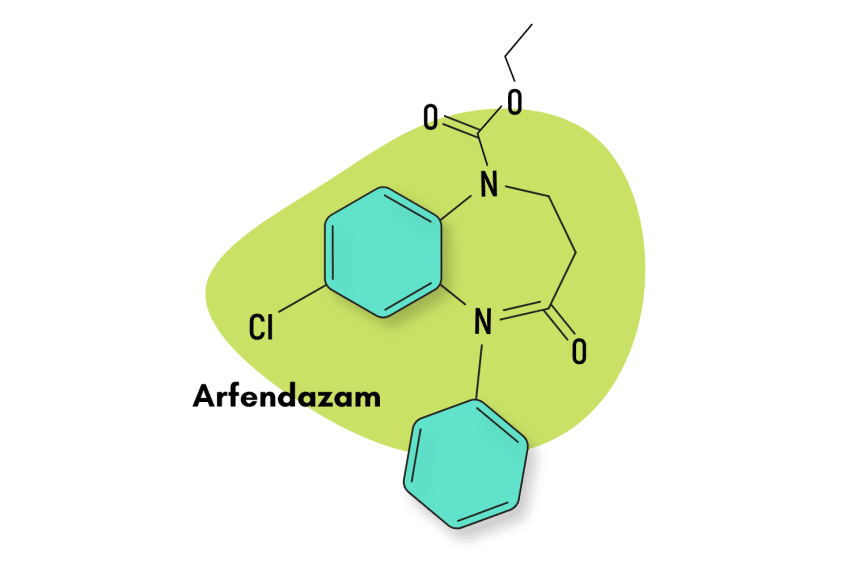
Arfendazam is a benzodiazepine derivative belonging to the 1,5- benzodiazepine subclass. It’s considered a “classical” benzodiazepine in terms of its effect profile (sedating, anxiolytic, muscle-relaxant).
Structurally, 1,5- benzodiazepines differ from traditional benzos because the nitrogen in the central diazepam ring is found in a different location [1].
The difference isn’t considered a major one, and in terms of effects, both classes behave quite similarly, although there are some differences. For instance, 1,5- benzodiazepines are thought to exert fewer sedative effects, which makes them better suited for daytime use [2].
Arfendazam Specs
| Status | Research Chemical |
| Common Dosage | Unspecified |
| PubChem ID | 65803 |
| CAS# | 37669-57-1 |
IUPAC Name: Ethyl 7-chloro-4-oxo-5-phenyl-2,3-dihydro-1,5-benzodiazepine-1-carboxylate
Other Names: N/A
Metabolism: Unknown
Duration of Effects: Unknown
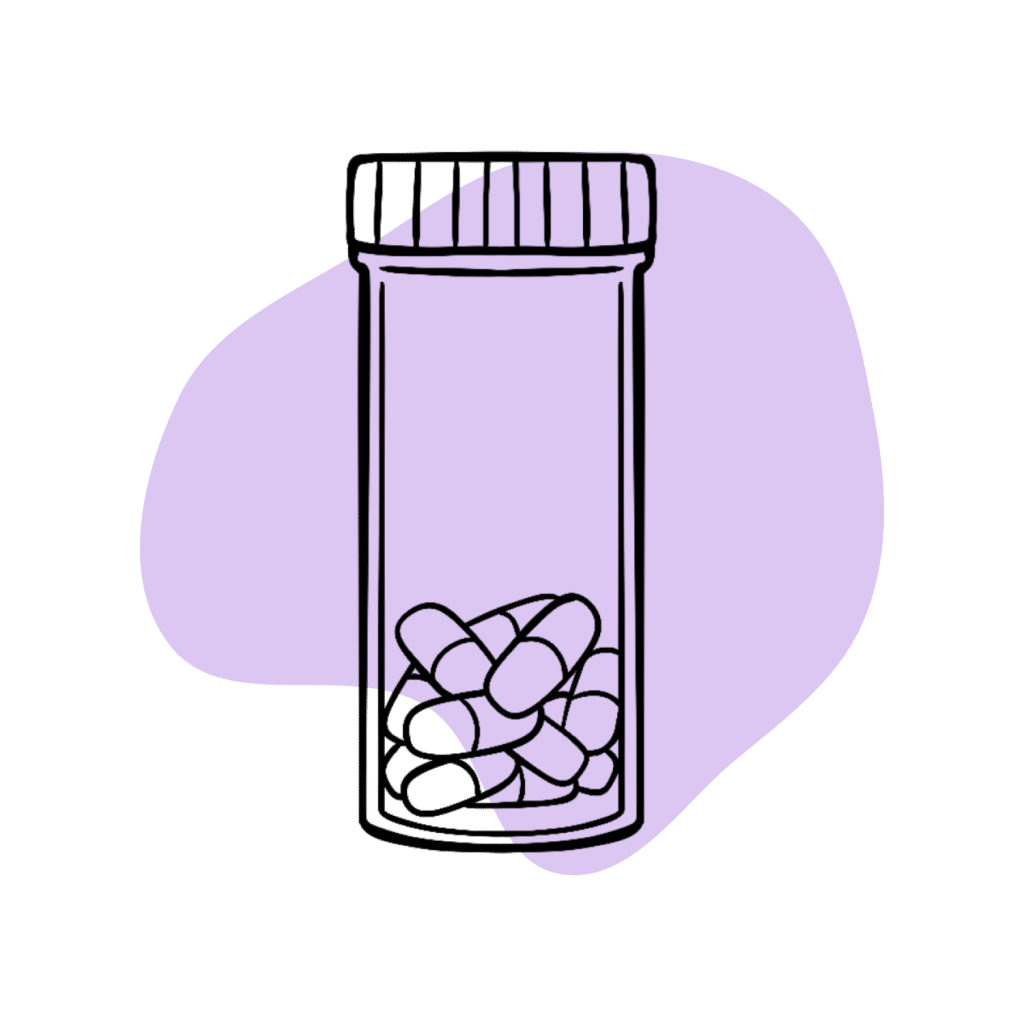
Benzodiazepine Dosage Equivalency Calculator
**Caution:** Benzodiazepines have a narrow therapeutic window. Dose equivalents may not be accurate in higher doses.
This calculator does not substitute for clinical experience and is meant to serve only as a reference for determining oral benzodiazepine equivalence.
Please consult a medical practitioner before taking benzodiazepines.
How Does Arfendazam Work?
Peer-reviewed research on arfendazam is scant, but there is enough information to paint a rough picture of the compound’s pharmacology.
Studies have determined that arfendazam’s effects can be blocked through the use of benzodiazepine receptor antagonists, which, in turn, suggests that arfendazam’s pharmacology is likely to be carried out mainly by the standard GABA-mediated pathway used by most benzodiazepines [3].
In simple terms, this pathway consists of benzodiazepine molecules binding to GABA receptors located along the brain and central nervous system (CNS) and potentiating the natural inhibitory effects of GABA through an allosteric effect. This leads to a generalized depression of the nervous system. This suppression of the central nervous system results in the characteristic anxiolytic, anticonvulsant, muscle-relaxing, sedative, and hypnotic properties associated with benzodiazepines.
Studies have also revealed that arfendazam’s tranquilizing and anticonvulsive effects can be observed at much lower doses than its muscle relaxant and sedative effects [3]. Additionally, in vitro and in vivo research has determined that lofendazam, one of the metabolic byproducts of arfendazam, is responsible for a large part of its pharmacologic profile. This would make arfendazam more of a prodrug.
It’s effects become more potent as the body metabolizes it.
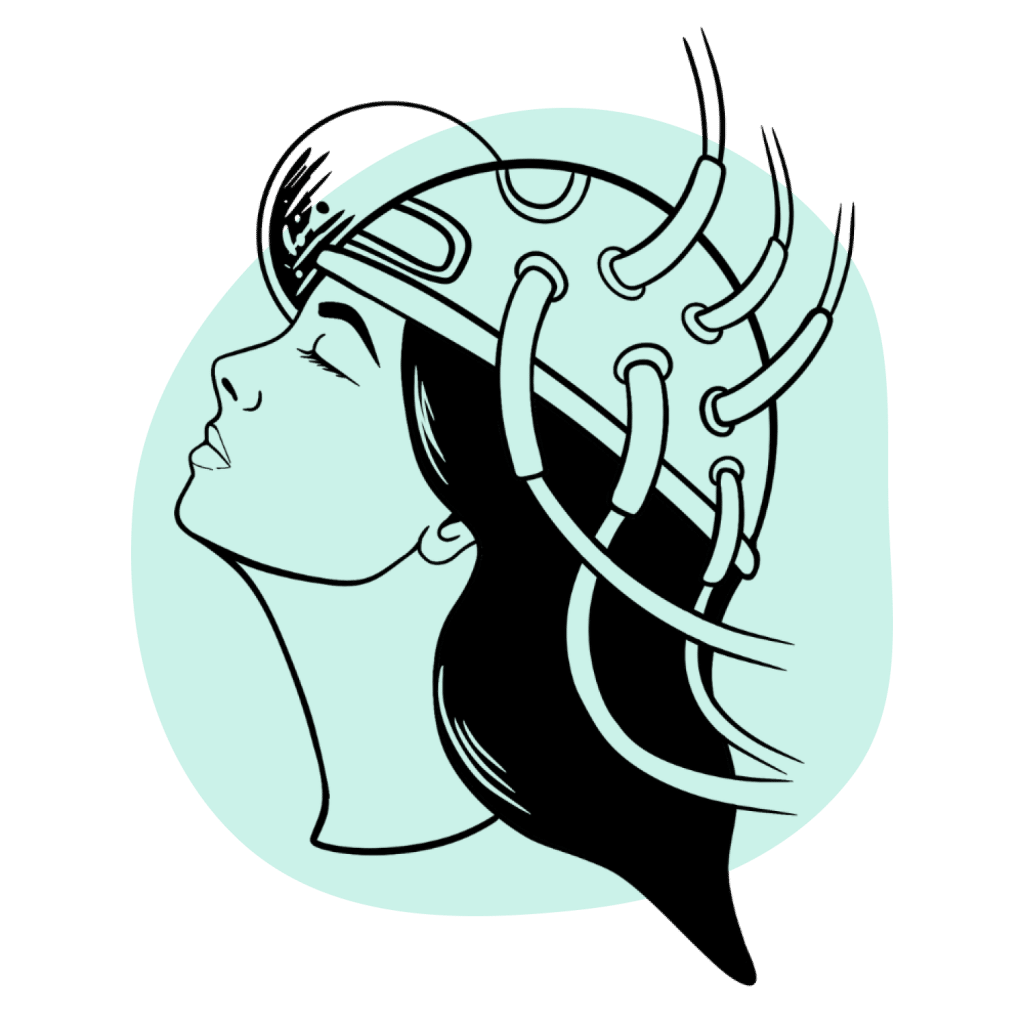
Is Arfendazam Safe? Risks & Side Effects
Arfendazam, as of yet, is not listed under the Controlled Substances Act. This is likely due to its obscure status as a research chemical. However, based on what we know, we can make some educated assumptions about arfendazam’s risk level.
The vast majority of benzodiazepines are listed as Schedule IV compounds, implying that they have recognized medical qualities and the potential to induce physical dependence and the accompanying withdrawal symptoms.
Since most benzodiazepines, including arfendazam, share comparable pharmacology, it’s reasonable to assume that arfendazam’s risk level is roughly comparable to most benzos.
However, we should also take its particularities into account. There’s little to no information about arfendazam’s duration of action and potency, but we know that it acts as a partial agonist before it’s metabolized. Partial agonists exert a lower comparative effect at benzodiazepine receptors than full agonists and, as a result, tend to have a lower potency and produce fewer side effects.
All in all, benzodiazepines are relatively safe compounds when used with the utmost responsibility, but once misuse is factored into the equation, they can become quite dangerous.
Side Effects of Arfendazam
There are no studies that look directly at arfendazam’s side effects. However, all benzodiazepines share common side effects, with only minor differences. In this sense, we can look at the side effects profile of clobazam, a benzodiazepine with a high degree of similarity to arfendazam, and largely assume that they’re similar.
According to the FDA, clobazam (the most closely-related benzodiazepine to arfendazam) is commonly associated with the following side effects:
- Ataxia
- Bronchitis
- Constipation
- Decreased/increased appetite
- Drooling
- Dysarthria
- Dysphagia
- Fatigue
- Insomnia
- Irritability
- Lethargy
- Pneumonia
- Psychomotor hyperactivity
- Pyrexia
- Somnolence or sedation
- Upper respiratory tract infection
- Urinary tract infection
- Vomiting

Benzodiazepine Withdrawal & Dependence
Benzodiazepine users must be aware of the dangers of benzodiazepine withdrawals and the likelihood of developing physical dependence.
Many prescription drug users live under the misapprehension that physical dependence only comes about due to misuse or an extremely long treatment span. This is not true, at least when it comes to benzodiazepines. Some benzos are so likely to engender a dependence that doctors rarely prescribe them for more than seven to 10 days.
As a general rule, current or potential benzodiazepine users should know that the more a drug is taken, both in terms of quantity and time, the likelier it is that dependence will form.
Harm Reduction: Arfendazam
Here are some general guidelines for staying safe while using benzodiazepines.
Recommendations For the Responsible Use of Benzodiazepines
- 🥣 Don’t mix — Mixing benzodiazepines with other depressants (alcohol, GHB, phenibut, barbiturates, opiates) can be fatal.
- ⏳ Take frequent breaks or plan for a short treatment span — Benzodiazepines can form dependence quickly, so it’s important to stop using the drug periodically.
- 🥄 Always stick to the proper dose — The dosage of benzos can vary substantially. Some drugs require 20 or 30 mg; others can be fatal in doses as low as 3 mg.
- 💊 Be aware of contraindications — Benzodiazepines are significantly more dangerous in older people or those with certain medical conditions.
- 🧪 Test your drugs — If ordering benzos from unregistered vendors (online or street vendors), order a benzo test kit to ensure your pills contain what you think they do.
- 💉 Never snort or inject benzos — Not only does this provide no advantage, but it’s also extremely dangerous. Benzos should be taken orally.
- 🌧 Recognize the signs of addiction — Early warning signs are feeling like you’re not “yourself” without the drug or hiding your habits from loved ones.
- ⚖️ Understand the laws where you live — In most parts of the world, benzodiazepines are only considered legal if given a prescription by a medical doctor.
- 📞 Know where to go if you need help — Help is available for benzodiazepine addiction; you just have to ask for it. Look up “addiction hotline” for more information about where you live. (USA: 1-800-662-4357; Canada: 1-866-585-0445; UK: 0300-999-1212).
Clotiazepam Drug Interactions
The underlying pharmacology of benzodiazepines means that the vast majority of them have the effect of depressing the CNS, which implies certain things in terms of drug interactions. Mainly, it’s critical for benzodiazepine users to never mix benzos with other compounds that have sedative or GABAergic qualities — for example, alcohol, opioids, barbiturates, phenibut, kava, or other benzos.
Why?
Because this combination puts the user at risk of severe respiratory depression and disinhibition — both of which are common causes of death from alcohol and benzodiazepine drugs.
Users often vomit while being sedated by the effects of benzos and other central nervous system depressants and are unable to clear the airway — leading to death. In fact, the recent explosion in drug-related fatalities in the United States is due to this very reason.
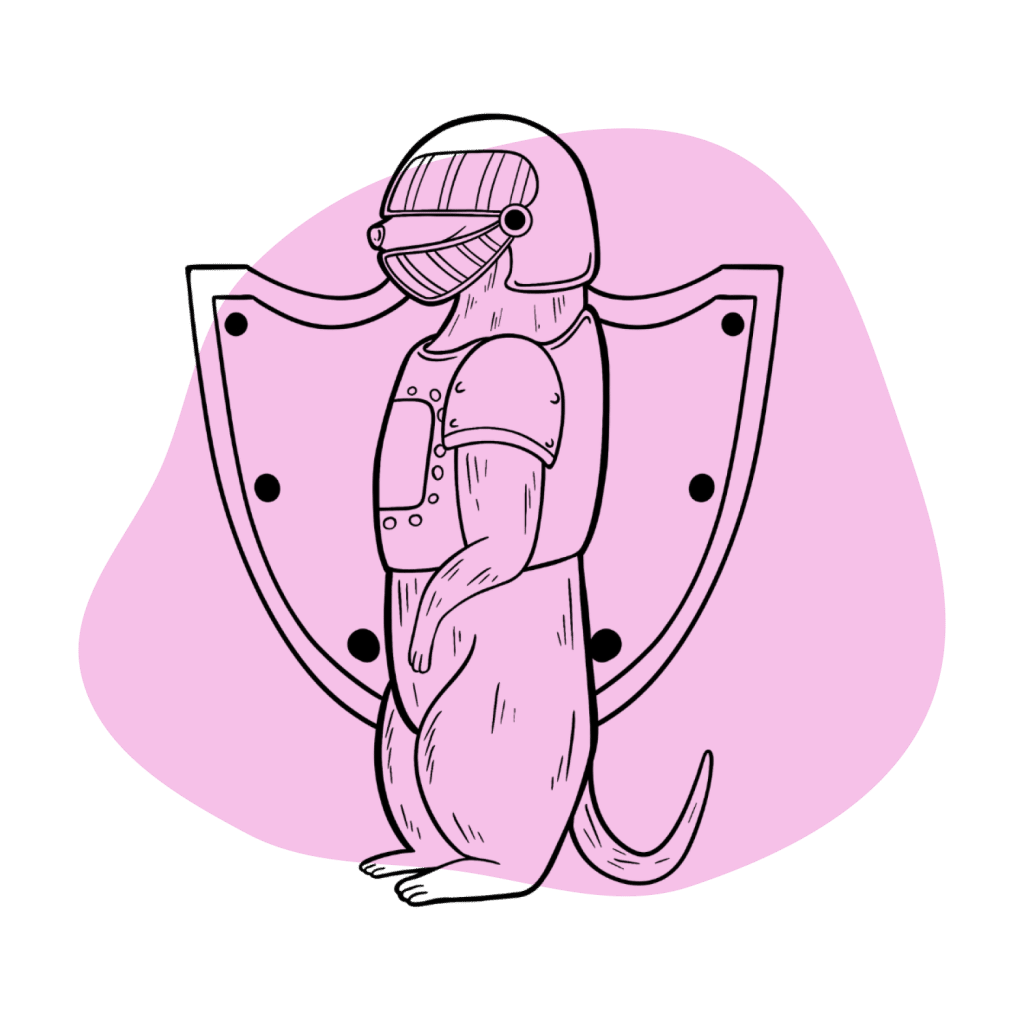
Arfendazam Contraindications
Because of their underlying similarities, all benzodiazepines share the same contraindications. The only major difference is that strongly hypnotic benzodiazepines can be contraindicated for driving and the use of heavy machinery. Additionally, certain benzos are more dangerous for older patients and those with liver disease.
Benzodiazepines are contraindicated for the following:
- Bronchitis
- Chronic obstructive pulmonary disease (COPD)
- Conjunctive use of barbiturates, opiates, or those suffering from alcoholism
- Intellectual disabilities due to frequent paradoxical reactions
- Major depression
- Myasthenia gravis
- Over the age of 65 (high risk)
- Personality disorders
- Sleep apnea
Similar Benzodiazepines to Arfendazam
Arfendazam shares certain similarities with the following benzodiazepine compounds but is most closely related to clobazam and lofendazam.
The effects of arfendazam overlap with any of the classical benzodiazepines, such as alprazolam (Xanax), diazepam (Valium), or clonazepam (Klonopin).
Clobazam
Clobazam is another 1,5-benzodiazepine. It’s intermediate-acting benzo with a mid-to-low relative potency. Studies indicate that clobazam shares similar pharmacology to arfendazam which is helpful in terms of figuring out what properties arfendazam is likely to have.
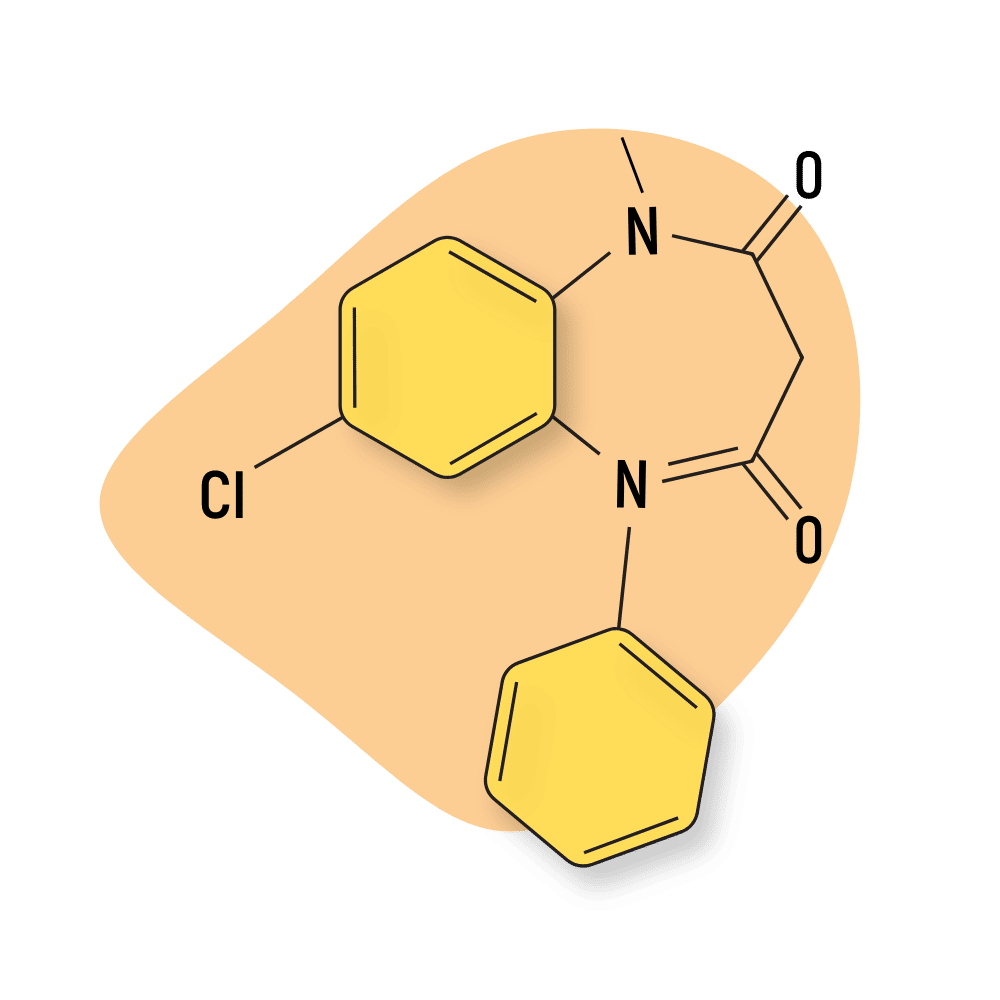
Lofendazam
Lofendazam is one of arfendazam’s active metabolites and is likely responsible for a significant part of its pharmacological profile. However, there is very little information available on this drug, although it does seem to enjoy substantial popularity in the designer drug community.
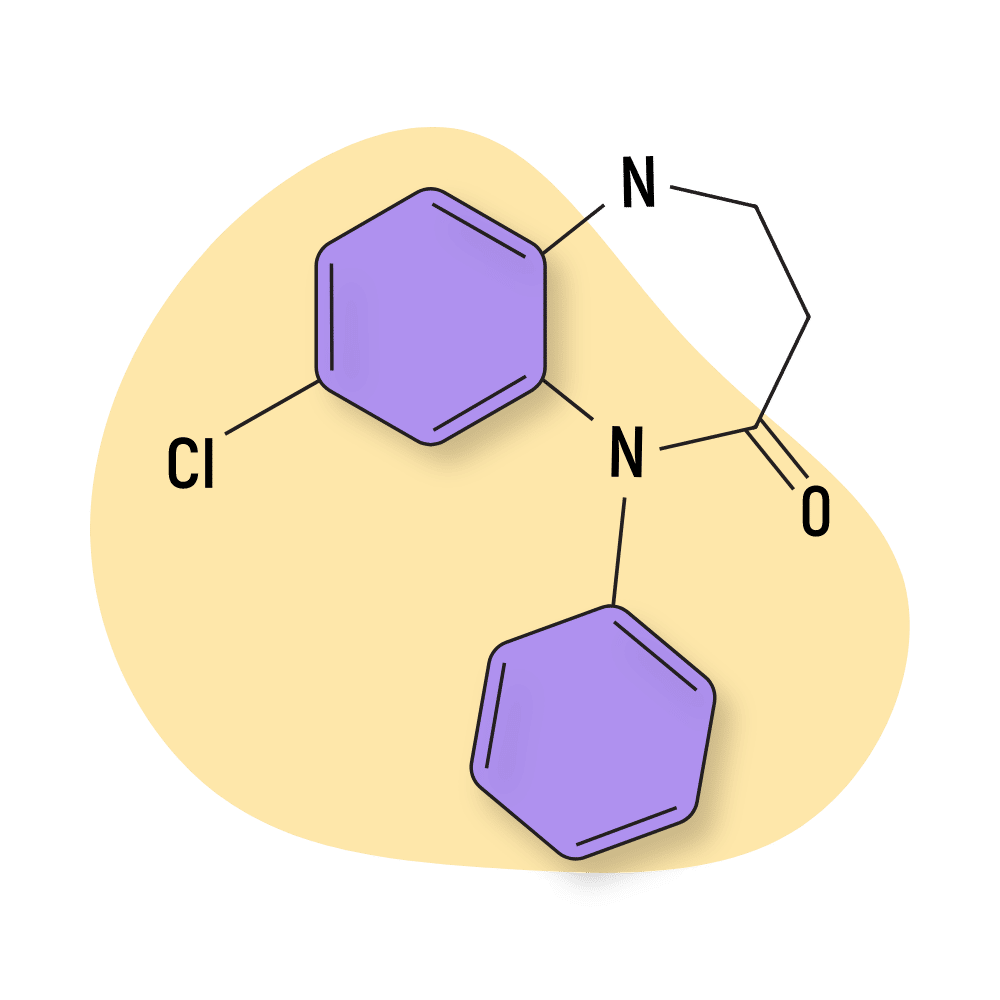
Alternatives to Benzodiazepines
Benzodiazepine users should be aware of the growing number of natural benzodiazepine alternatives available. These alternatives carry a significantly lower risk of addiction or other adverse effects. They aren’t as strong as prescription benzodiazepines, but they’re much more suitable for long-term use.
Kava
The kava plant, also known as Piper methysticum, is a tropical plant species with natural anxiolytic and sedative qualities. Kava’s effects come mainly from a set of active ingredients known as kavalactones, which exert benzodiazepine-like effects on the CNS [4].

Kratom
Kratom (Mitragyna speciosa) has become incredibly popular in recent years despite some bad press. Studies have confirmed that kratom enjoys a wide breadth of pharmacological effects: in low doses, it acts like a stimulant and euphoric, much like coffee, while in mid-to-high doses, kratom bleeds over into analgesic, anxiolytic, and sedative benefits [5].
However, despite being safer and presenting fewer side effects, kratom does have the potential to cause dependence when used consistently for long periods.
Kratom is also not an excellent option for people experiencing acute stress as it often produces stimulating effects, which later develop into the more relaxing and anxiolytic end of the spectrum.

L-Theanine
L-Theanine is a natural ingredient from the tea plant (Camellia sinensis). It’s a moderate-acting GABAergic with a low risk for side effects. The effects of L-theanine are similar to prescription benzos, albeit much gentler.
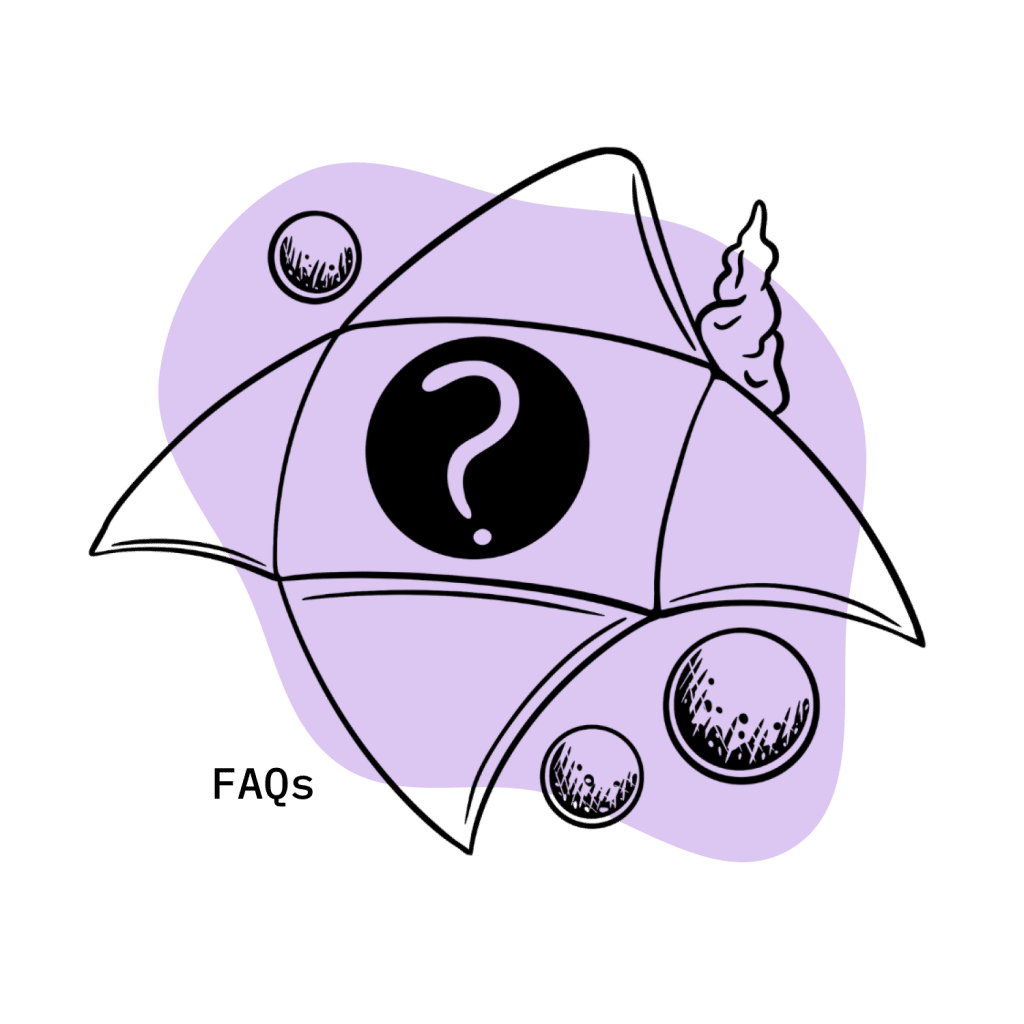
Clotiazepam FAQs
What are arfendazam’s metabolic byproducts?
Arfendazam creates three major metabolic byproducts: lofendazam, 4-hydroxy-arfendazam, and 4-oxo-lofendazam, also known as desmethyl-clobazam.
How active are arfendazam’s byproducts?
In terms of its affinity for benzodiazepine receptors, 4-oxo-lofendazam, the most active byproduct, is reported as being more active than arfendazam and about as active as clobazam [3].
References
- Cacchi, S., Fabrizi, G., Goggiamani, A., & Iazzetti, A. (2016). Construction of the 1, 5-Benzodiazepine skeleton from o-Phenylendiamine and propargylic alcohols via a domino gold-catalyzed Hydroamination/Cyclization process. Organic letters, 18(15), 3511-3513.
- Nicholson, A. N. (1979). Differential effects of the 1, 4 and 1, 5 benzodiazepines on performance in healthy man. British journal of clinical pharmacology, 7(S1), 83S-84S.
- Müller, W. E., Groh, B., Bub, O., Hofmann, H. P., & Kreiskott, H. (1986). In vitro and in vivo studies of the mechanism of action of arfendazam, a novel 1, 5-benzodiazepine. Pharmacopsychiatry, 19(04), 314-315.
- Pittler, M. H., & Ernst, E. (2003). Kava extract for treating anxiety. Cochrane Depression, Anxiety and Neurosis Group. Cochrane Database Syst Rev, 3.
- Eastlack, S. C., Cornett, E. M., & Kaye, A. D. (2020). Kratom—Pharmacology, clinical implications, and outlook: a comprehensive review. Pain and therapy, 9(1), 55-69.

